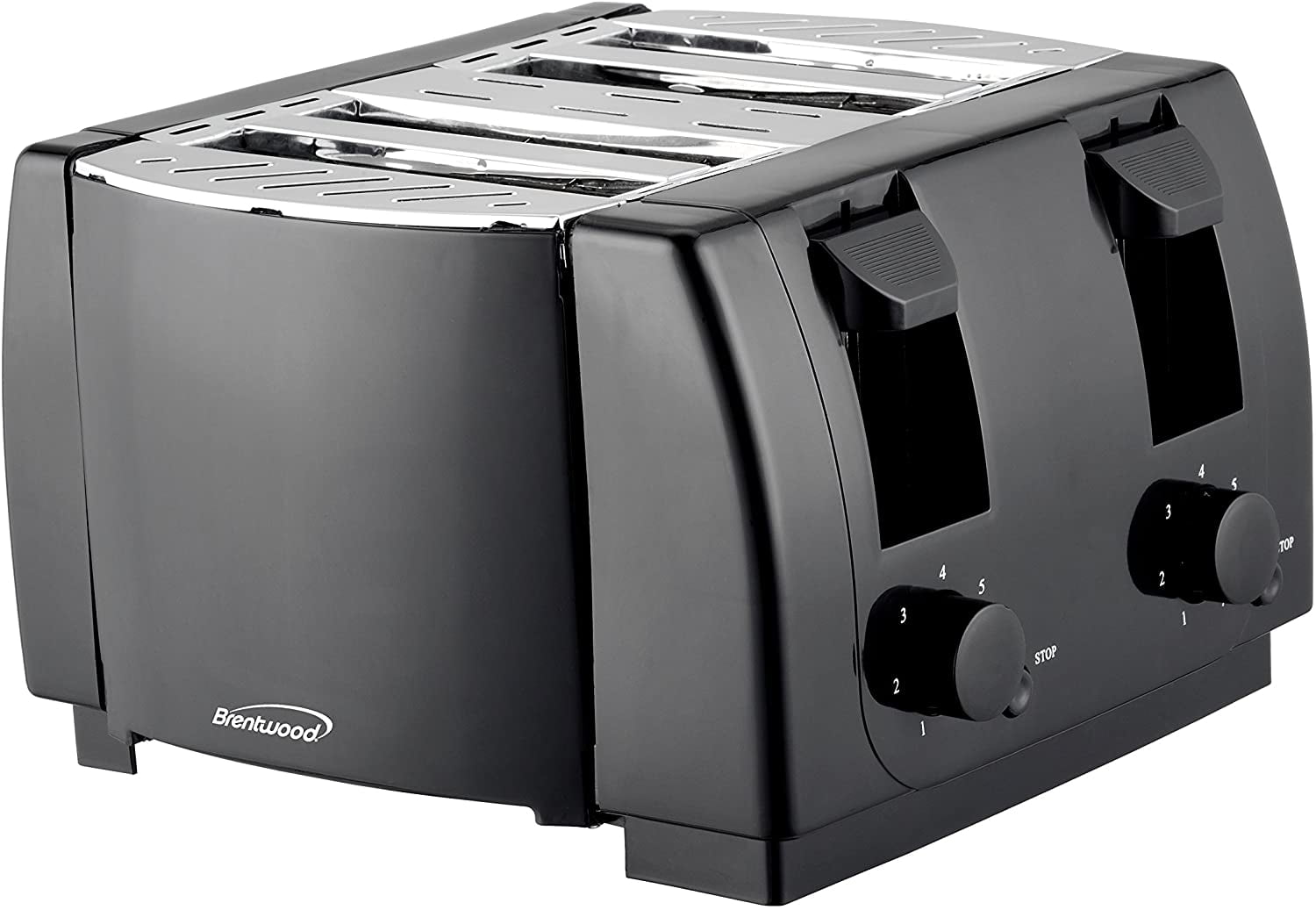
Setting either dimension to less than or equal to zero (which is the default) means the resolution of the first decoded video frame is used for that dimension. Sets the resolution of the output video, in pixels. Mostly useful for trackmask changes and testing. If set to true, this filter will reindex the source file and overwrite the index file even if the index file already exists and is valid. Only useful for testing and containers where libavformat doesn't report keyframes properly. Seeks in the forward direction even if no closer keyframe is known to exist. Same as mode 1, but no error will be thrown if the exact seek destination has to be guessed. Bases seeking decisions on the keyframe positions reported by libavformat.

The definition of slow, but should make some formats "usable". if you request frame n without having requested all frames from 0 to n-1 in order first, all frames from 0 to n will have to be decoded before n can be delivered). Only intended for opening images but might work on well with some obscure video format. will throw an error if each successive requested frame number isn't bigger than the last one. Mostly useful for getting uncooperative files to work. Set to the empty string to disable timecodes writing (this is the default).Ĭontrols how seeking is done. If the file exists, it will be truncated and overwritten. Default -1.įilename to write Matroska v2 timecodes for the opened video track. Note that this setting might be completely ignored under a number of conditions most commonly because a lot of decoders actually do not support multithreading. Setting it to less than or equal to zero means it defaults to the number of logical CPUs as reported by Windows. The number of decoding threads to request from libavcodec. This may naturally cause dropped or duplicated frames to achieve the desired frame rate, and the output is not guaranteed to have the same number of frames that the input did. If fpsnum is greater than zero, this filter will force a constant frame rate, expressed as a rational number where fpsnum is the numerator and fpsden is the denominator. If fpsnum is less than or equal to zero (the default), the output will contain the same frames that the input did, and the frame rate reported to Avisynth will be set based on the input clip's average frame duration. Defaults to sourcefilename.ffindex.Ĭontrols the framerate of the output used for VFR to CFR conversions. The filename of the index file (where the indexing data is saved). If set to false, this filter will not look for an existing index file instead all video tracks will be indexed when the script is opened, and the indexing data will be discarded after the script is closed you will have to index again next time you open the script. If no index is found, all video tracks will be indexed, and the indexing data will be written to cachefile afterwards. If set to true (the default), this filter will first check if the cachefile contains a valid index, and if it does, that index will be used.

atrack=-2 (the default) means audio is disabled. atrack=-1 means select the first available track. Note that this filter's idea about what track has what number may be completely different from what some other application might think. vtrack=-1 (the default) means open the first video track. there must be a track 1 if there is a track 0 and a track 2). Track numbers start from zero, and are guaranteed to be continous (i.e. The video track number to open, as seen by the relevant demuxer. Int rffmode, int adjustdelay, bool utf8, string varprefix ] )

Int width, int height, string resizer, string colorspace, Int threads, string timecodes, int seekmode, bool overwrite, FFmpegSource2(string source [, int vtrack, int atrack ,īool cache, string cachefile, int fpsnum, int fpsden,


 0 kommentar(er)
0 kommentar(er)
